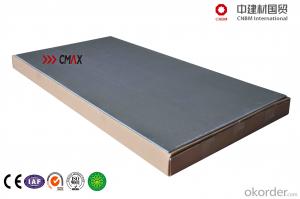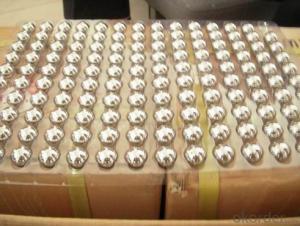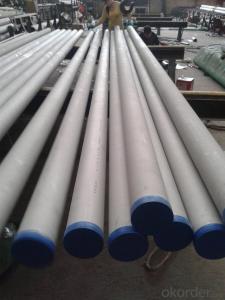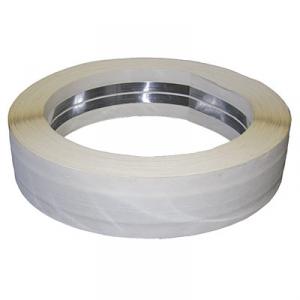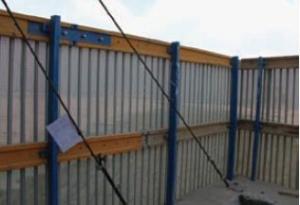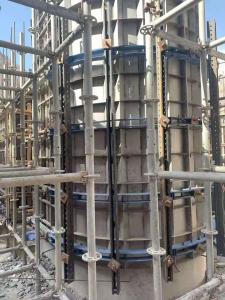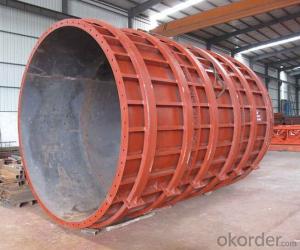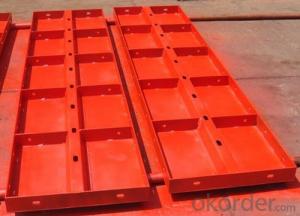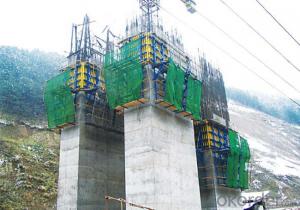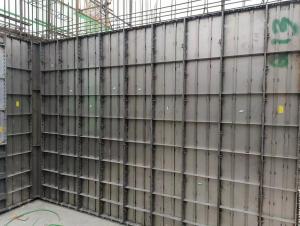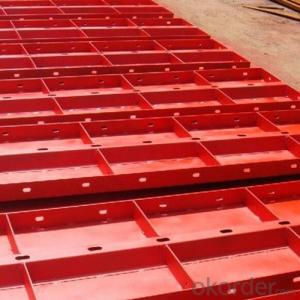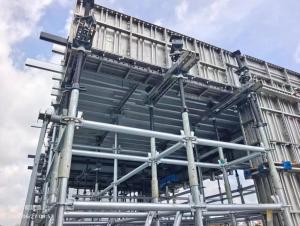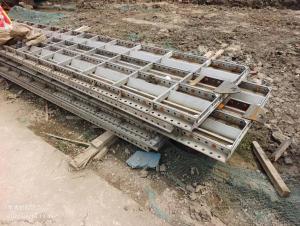Stainless Steel Corner Trim
Stainless Steel Corner Trim Related Searches
Best Paint For Stainless Steel Blanket Insulation For Steel Buildings Primer For Galvanized Steel Foam Filter For Stainless Steel H S Code For Stainless Steel Surface Grinding Wheels For Stainless Steel Surface Grinding Wheels For Hardened Steel Hole Saw For Stainless Steel Paint For Stainless Steel Stainless Steel For BbqHot Searches
Steel Mesh Panels For Sale Price For Stainless Steel Scrap Scrap Price For Stainless Steel Price For Stainless Steel Stainless Steel Tank For Sale Stainless Steel Sheets For Sale Cheap High Tea Sets For Sale Stainless Steel Tanks For Sale Stainless Steel For Sale High Density Fiberboard For Sale Solar Hot Water Collectors For Sale Scaffolding For Sale In Uae Scaffolding For Sale In Ireland Scaffolding For Sale In Houston Type Of Inverter For Solar Price Of Shipping Containers For Sale Types Of Inverter For Solar Stock Price For Aluminum Used Solar Inverter For Sale Steel Mesh Panels For SaleStainless Steel Corner Trim Supplier & Manufacturer from China
Okorder.com is a professional Stainless Steel Corner Trim supplier & manufacturer, offers integrated one-stop services including real-time quoting and online cargo tracking. We are funded by CNBM Group, a Fortune 500 enterprise and the largest Stainless Steel Corner Trim firm in China.Hot Products
FAQ
- There are several ways in which steel formwork contributes to improved concrete compaction. Firstly, it offers a rigid structure that securely holds the concrete in place while it is being poured and cured. This rigidity prevents any movement or shifting of the concrete, enabling a more even distribution of the concrete mix and reducing the likelihood of segregation or honeycombing. Furthermore, steel formwork often incorporates various features like tie rods and walers, which allow for proper alignment and tightening of the formwork. This ensures that the formwork remains stable and tight, minimizing any gaps or voids that could result in inadequate compaction. In addition, steel formwork is typically designed with smooth surfaces, which facilitates the creation of a smooth and uniform finish on the concrete. This smoothness enhances compaction as the concrete can flow more easily and evenly into all parts of the formwork. Moreover, steel formwork is highly durable and capable of withstanding the pressure exerted by the concrete during the pouring and compaction process. This durability ensures that the formwork remains intact and does not deform or collapse, enabling proper compaction of the concrete. Overall, steel formwork provides a strong and stable structure that allows for enhanced control of the concrete pouring and compaction process. It helps eliminate any potential complications that may arise during compaction, resulting in a concrete structure of higher quality and greater density.
- There are several types of bracing commonly used with steel formwork, including diagonal bracing, horizontal bracing, and vertical bracing. Diagonal bracing is used to provide stability and resistance against lateral forces, while horizontal bracing helps to control deflection and ensure the formwork remains in place. Vertical bracing is used to support the formwork system vertically and prevent any potential collapse. These different types of bracing work together to ensure the safety and stability of the steel formwork during construction.
- Yes, steel formwork is generally resistant to fire. Steel itself has a high melting point and does not easily ignite or contribute to the spread of fire. In the case of steel formwork, it is typically designed and manufactured to withstand high temperatures without deformation or structural failure. This makes it a suitable choice for construction projects that require fire-resistant materials. Additionally, steel formwork can also provide better fire protection for the concrete being poured into it, as concrete has inherent fire-resistant properties. However, it is important to note that the fire resistance of steel formwork can also depend on factors such as the thickness of the steel, the design of the formwork, and the fire protection measures in place at the construction site. It is always advisable to consult with professionals and follow appropriate fire safety regulations and guidelines when using steel formwork in construction projects.
- When designing steel formwork for swimming pools, there are several key considerations that need to be taken into account. Firstly, the structural strength of the formwork is crucial as it needs to withstand the weight of the concrete and the water pressure once the pool is filled. The formwork should be made of high-quality steel that is able to support these loads without any deformation or failure. Additionally, the design should ensure proper alignment and support to achieve the desired shape and dimensions of the swimming pool. Attention should be given to the corners, curves, and transitions to ensure smooth and even concrete placement. The formwork should also allow for easy and efficient installation and removal. Considering the time and labor involved in constructing a swimming pool, a well-designed formwork system can greatly streamline the process and save on costs. Modular or adjustable formwork systems can be beneficial in this regard. Furthermore, the formwork should be able to withstand the chemical exposure from the pool water and any necessary maintenance or repairs. It should be resistant to corrosion and have a long lifespan to avoid frequent replacements. Lastly, safety measures should be incorporated into the design to protect workers during the construction phase. This can include features like sturdy handrails, non-slip surfaces, and proper access points. Overall, designing steel formwork for swimming pools requires careful consideration of structural integrity, ease of installation, durability, and safety to ensure a successful and long-lasting construction project.
- The inherent properties and characteristics of steel formwork make it a valuable asset in enhancing the fire safety of a building. Firstly, steel formwork is renowned for its exceptional fire resistance. Its high melting point and resistance to ignition and burning make it a suitable choice for construction in fire-prone areas. In case of a fire, steel formwork remains structurally stable, serving as a vital barrier that contains the fire and prevents its spread to other sections of the building. This is particularly crucial in tall buildings where fire safety is of utmost importance. Furthermore, steel formwork is non-combustible, thereby minimizing the release of flammable gases and toxic fumes when exposed to fire. This is essential for the safety of occupants as smoke inhalation and toxic gases are leading causes of casualties in fire incidents. The utilization of steel formwork reduces the risk of smoke and toxic gases permeating throughout the building, allowing occupants more time to evacuate safely. Moreover, steel formwork is a durable and robust material capable of withstanding the impact of fire while retaining its structural integrity. This is vital in ensuring the stability of the building during a fire, preventing collapse, and reducing the likelihood of injuries or fatalities. Steel formwork can also resist the effects of high temperatures, such as thermal expansion, further contributing to the fire safety of the building. In conclusion, steel formwork plays a crucial role in enhancing the overall fire safety of a building. Its high fire resistance, non-combustible nature, and durability help contain fires, minimize the spread of smoke and toxic gases, and maintain the structural integrity of the building. By incorporating steel formwork into construction, the risk of fire-related incidents and their potential consequences can be significantly reduced, ensuring the safety of occupants and property.
- Steel formwork is an excellent choice for dealing with various types of concrete reinforcement due to its versatility and durability. It is commonly used in construction projects to create temporary molds or structures that hold concrete in place during the pouring and curing process. One of the benefits of steel formwork is its ability to handle different types of concrete reinforcement. Whether it's traditional reinforcement like steel bars or modern techniques such as fiber-reinforced polymers (FRP), steel formwork can accommodate them all. Steel formwork is specifically designed to be strong and rigid, enabling it to support the weight and pressure exerted by different reinforcement materials. It can withstand the forces exerted by steel bars or the tensile strength of FRP without experiencing any deformations or collapsing. Furthermore, steel formwork is highly adaptable and can be easily adjusted or modified to suit different reinforcement types. It can be cut or welded to create openings or recesses for steel bars or other materials to pass through. This flexibility guarantees that steel formwork can be tailored to meet the specific requirements of each construction project. Moreover, steel formwork provides a smooth and even surface finish, which is crucial for ensuring proper adhesion between the concrete and the reinforcement materials. This ensures that the reinforcement is securely embedded within the concrete structure, offering the necessary structural integrity and strength. To conclude, steel formwork is a dependable and efficient solution for managing different types of concrete reinforcement. Its strength, adaptability, and ability to provide a smooth surface finish make it an ideal choice for construction projects that necessitate diverse reinforcement materials.
- Steel formwork can have a significant impact on the overall energy efficiency of a building. Firstly, steel formwork is known for its durability and longevity. This means that once the concrete is poured and the formwork is removed, the steel can be reused multiple times, reducing the need for new materials. The reuse of steel formwork reduces the energy and resources required for manufacturing new formwork, thereby reducing the embodied energy of the building. In addition, steel formwork offers better insulation properties compared to traditional timber formwork. This improved insulation helps to minimize heat transfer through the building envelope, reducing the energy consumption required for heating and cooling. The thermal mass of steel formwork can also help regulate temperatures within the building, leading to increased energy efficiency. Furthermore, steel formwork allows for precise and accurate construction, resulting in tighter joints and fewer air leaks. This enhances the building's overall air tightness, reducing the infiltration of outside air and improving the energy efficiency of the HVAC system. The reduced air leakage also contributes to better indoor air quality by preventing the entry of pollutants and allergens. Moreover, steel formwork can facilitate the integration of other sustainable technologies, such as renewable energy systems and advanced insulation materials. The strength and flexibility of steel allows for the incorporation of larger windows, which can maximize natural light and reduce the need for artificial lighting during the day. Overall, steel formwork positively affects the energy efficiency of a building by reducing embodied energy, improving insulation, enhancing air tightness, and enabling the integration of sustainable technologies. By choosing steel formwork, builders and developers can contribute to the long-term sustainability and energy efficiency of the built environment.



























